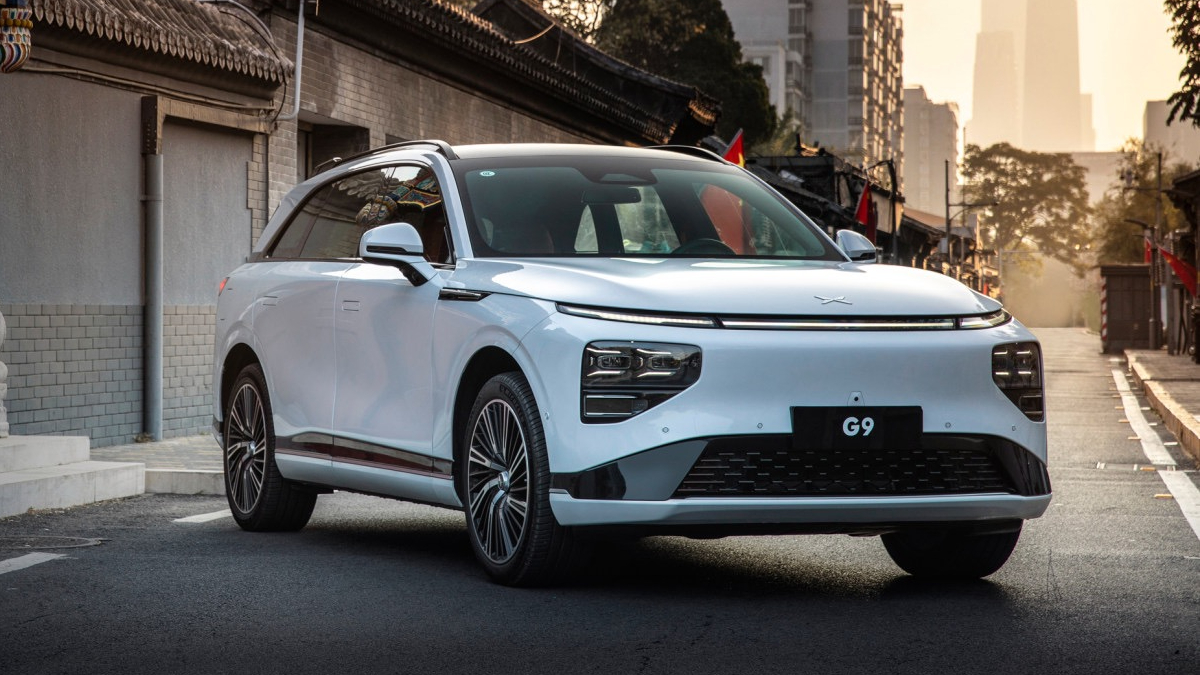Cleaner and simpler engines, releasing no noxious exhaust gases, and whizzing quieter than cars. Furthermore, EVs are cost effective for the driver and reduce our dependence on import oil imports.
Governments are driving EVs with their investment in charging infrastructure and consumers get cash subsidies, parking spaces and no-fault charge exemptions to drive in certain low emission zones.
China
China is leading the charge, with huge subsidies and infrastructure investments, and a wide domestic range offering 300+ electric vehicles such as BYD’s $11,000 hatchback or Wuling Hongguang mini-EV – two of them available to purchase on a budget.
China’s industrial promotion measures have provided manufacturers with a push to keep up with increased consumer demand. Manufacturing plant is coming up and competing with companies like Tesla in the industry, so as to benefit fully from the rising Chinese market.
The first factor consumers take into account when shopping for electric cars is price. In an attempt to mitigate it, countries are using tax breaks and other fiscal subsidies to drive the sales of EVs. Research shows that they can positively impact consumer purchasing behaviours and adoption rates; but also that low-income households in particular can benefit from such policies more, inclusively expanding and accelerating the move.
Norway
Norway has been one of the leaders in EV adoption, generating 80 per cent of passenger vehicle sales in 2022, due to several reasons including investment in public fast EV chargers that will accelerate an electric battery from 0 to 80 per cent in 20 minutes; right-to-charge regulation; and high quality-of-life offers like free parking space, toll exemption or reduction, priority bus lanes for EV drivers.
As prices of electric cars decline, governments and cities will have to act to help drive adoption. Net-zero – EVs must become more affordable and have increased range to where price comparison is cost-competitive with car prices. Oslo and London have also tried this strategy, developing charging infrastructure and promoting both financial incentives and amenities to residents like free parking to promote the adoption of EVs.
The U.S.
The cities has been popular for EVs but so too have rural communities. Rural residents travel further and pay higher vehicle fuel and maintenance costs than those living in the city – something that electric vehicles can reduce.
In California, Stockton Unified School District (SUSD) is an outlier in a move to substitute electric buses for fossil-fueled ones to help combat air pollution in low-income neighbourhoods with high rates of asthma and other respiratory diseases.
State level electrification incentives to accelerate the adoption of EVs exist. Studies show that environmental policies increase sales most strongly, and that financing or feeing infrastructure incentives lower it. These numbers make an electric vehicle strategy a national priority; requiring all new vehicles to be electric would boost adoption and jumpstart the adoption curve in America.
Europe
Norway is also a worldwide electric car sales leader thanks to its range anxiety reducing and lower price premium compared to traditional cars through their early adopter programme and grant of government incentives and funding. This investment also involves investments in charging infrastructure.
When sales of electric vehicles become more fair to the poor, governments need to force automakers to make cheap EVs, and provide special subsidies for them.
Increasing consumer interest in electric vehicles will lower their upfront costs and allow them to beat old-fashioned vehicles at their own game over time. It’s important that policymakers aim to achieve cost parity between their nationalities as soon as possible, which allows them to comply with global regulations more quickly, while also encouraging automakers to ramp up production to support those standards more rapidly. It will also accelerate the move towards an electrified transport system around the world.





